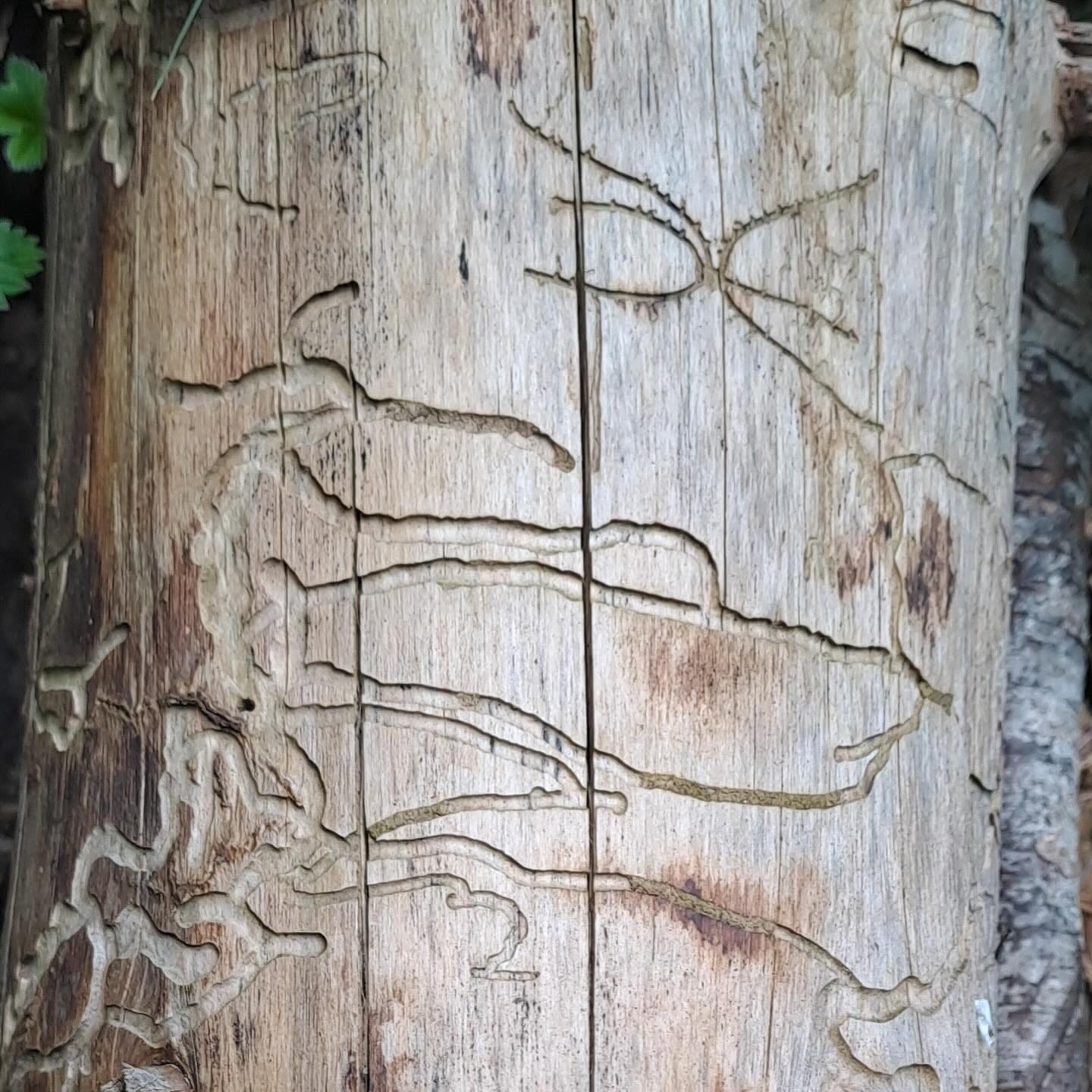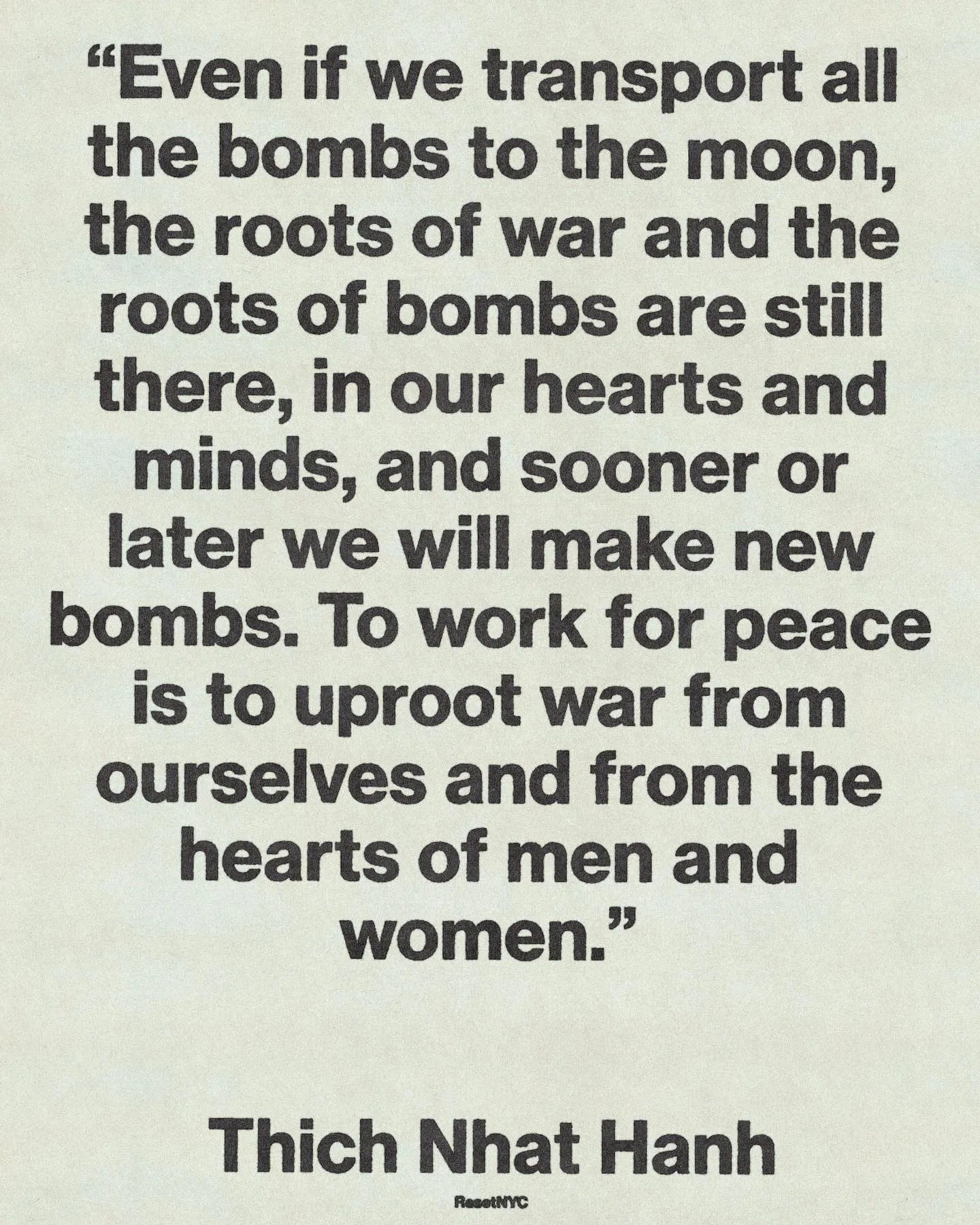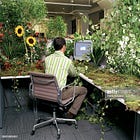United Nations Environmental Programme says it's not too late for us — plus hurricane and election season
At this point, even if we do better, it's going to get worse. Plus: Insects that sing in autumn.
In the vein of “Real Talk” posts past — see: musings on the gift economy and ethical consumption and going “off the grid” — here are the worms that have burrowed through the fertile soil of my brain and the collective consciousness recently.
꩜ We’re on track to what the United Nations Environmental Programme calls a “catastrophic” temperature rise of 3.1 °C.
One of my very neurodivergent habits is that I listen to podcasts to fall asleep, like grown-up bedtime stories. I was recently bumping an old episode of Jade and XD from this past June, where Jade said it’s crucial to enjoy summer because, looking back, it will never be as cool as it was the year before.
And I wonder why I spent the night tossing and turning.
Climate anxiety — and the climate crisis that fuels it — is real. The UNEP confirmed that we’re on track for a 3.1 °C global temperature increase with the way we’re moving.
Still, it’s not too late to stop it: “It is still technically possible to meet the 1.5°C goal, but only with a G20-led massive global mobilization to cut all greenhouse gas emissions, starting today,” the UNEP said in an Oct. 24 statement.
Nations must collectively commit to cutting 42 per cent off annual greenhouse gas emissions by 2030 and 57 per cent by 2035 in the next round of Nationally Determined Contributions (NDCs) – and back this up with rapid action – or the Paris Agreement’s 1.5°C goal will be gone within a few years, according to a new UN Environment Programme (UNEP) report.
If major greenhouse gas contributors shape up now and adhere to the 2030 commitments, we could even limit the temperature rise to… 2.8°C, maybe 2.6°C if we’re lucky.
꩜ The light and dark of this particular season we’re in
The Washington Post’s Climate Lab sought to answer the question of how and why hurricanes are causing millions of dollars more damage than natural disasters decades ago — and whether climate change is the sole factor.
TLDR: A steady amount of hurricanes are making landfall, but the population and the wealth in coastal counties have skyrocketed.

As I slowly get active on Substack again, with the crust clearing from my eyes and the fog clearing from my brain, I’m happy to read
again.Kurashi no Koyomi breaks down the Japanese etymology for crickets and talks different kinds of bugs. Seasonal Japanese foods are also discussed. Currently craving: saba or mackarel steamed in soy sauce.
꩜ Speaking of seasons… how about election season, huh?
Voting for the earth… shouldn’t be a partisan issue, right? Because at the end of the day, we’re all destined (or doomed) to live on this floating rock. I know some of y’all are trying to colonize space, but even then, that’s imperfect right now. You’ve still got some kinks to work out.
In the meantime: Let’s vote for our planet. I don’t believe that should be considered a radical thing to say. That’s the bare minimum really. I hope I don’t get cancelled for saying that.
By the way, Grist, a climate publication I love, has rounded up the bulk of its issue-specific election coverage in an easy-to-digest form.
Check out stories from Grist’s accountability, agriculture, clean energy, climate solutions, healthcare, Indigenous affairs and polluton reporters here.
꩜ PREVIOUSLY ON REAL TALK…
꩜ Additional reading:
Emissions Gap Report 2024 (UNEP)
Normalized Hurricane Damages in the United States: 1925–95 (American Meteorological Society)
Normalized hurricane damage in the continental United States 1900–2017 (Nature Sustainability)








